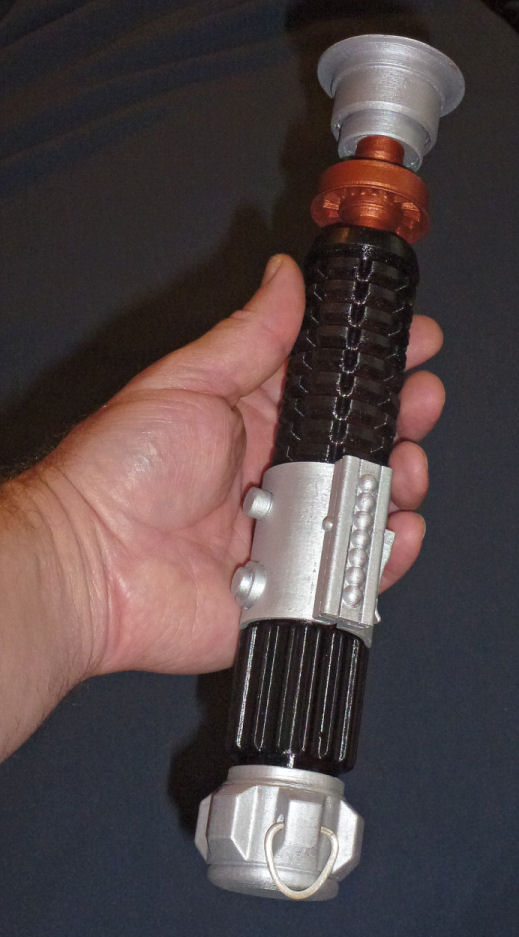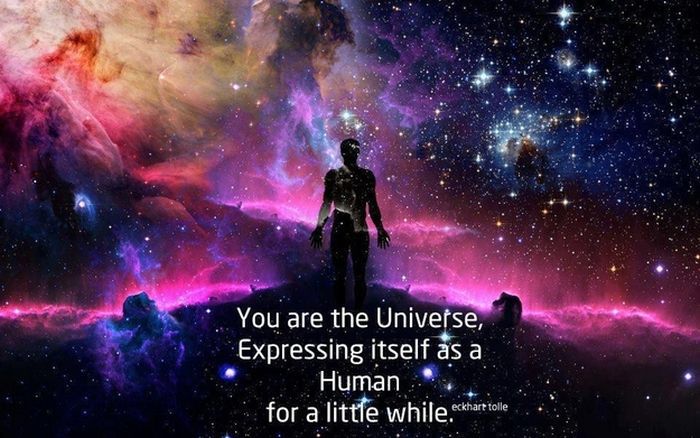- Joined
- Jun 23, 2003
- Messages
- 7,214
- Solutions
- 10
- Reaction score
- 3,177
- Points
- 150
- Favorite Pinball Machine
- Jurassic Park
i thought elmer's was one of the very standard ways of doing papier-mache. you just want some dilute paste or whatnot....Hey Ike. Running paper through the cuisinart, any paper, tissue or newsprint, run through to fuzz also makes a pretty good paper machete base. Most newspapers are cold press ink. It comes right off when rinsed with cold water. I think that was developed for recycling purposes.
You can either rinse the paper first, then allow to dry before grinding it up in a dry blender, else wash the fuzzy pulp after grinding it up and squeeze drain it before adding starch binders, corn starch cooked with water, or a blend of corn starch and baking soda. Else flour. Homemade flour paste.
Haven't used it in over 30 years.
I also tried paper machete once using diluted Elmer's Glue All, diluted with water enough to not be a problem while working it with my hands...
the paper washing is a good idea for newsprint, otherwise you wind up with grey paper. in fact just using random scraps tends to leave you with grey. btw, i think the reason the ink comes off so easily is because it's made out of plastic (like toner) and lightly heat-sealed to the paper when printed. so in other words, it's just sitting on top of the paper, as opposed to traditional ink which saturates the paper to a large degree.
not sure why you'd want to cuisinart-blend paper just for the purposes of making P-M. maybe for micro-projects, i suppose. otherwise it's so much simpler to use unblended paper and dilute paste.




